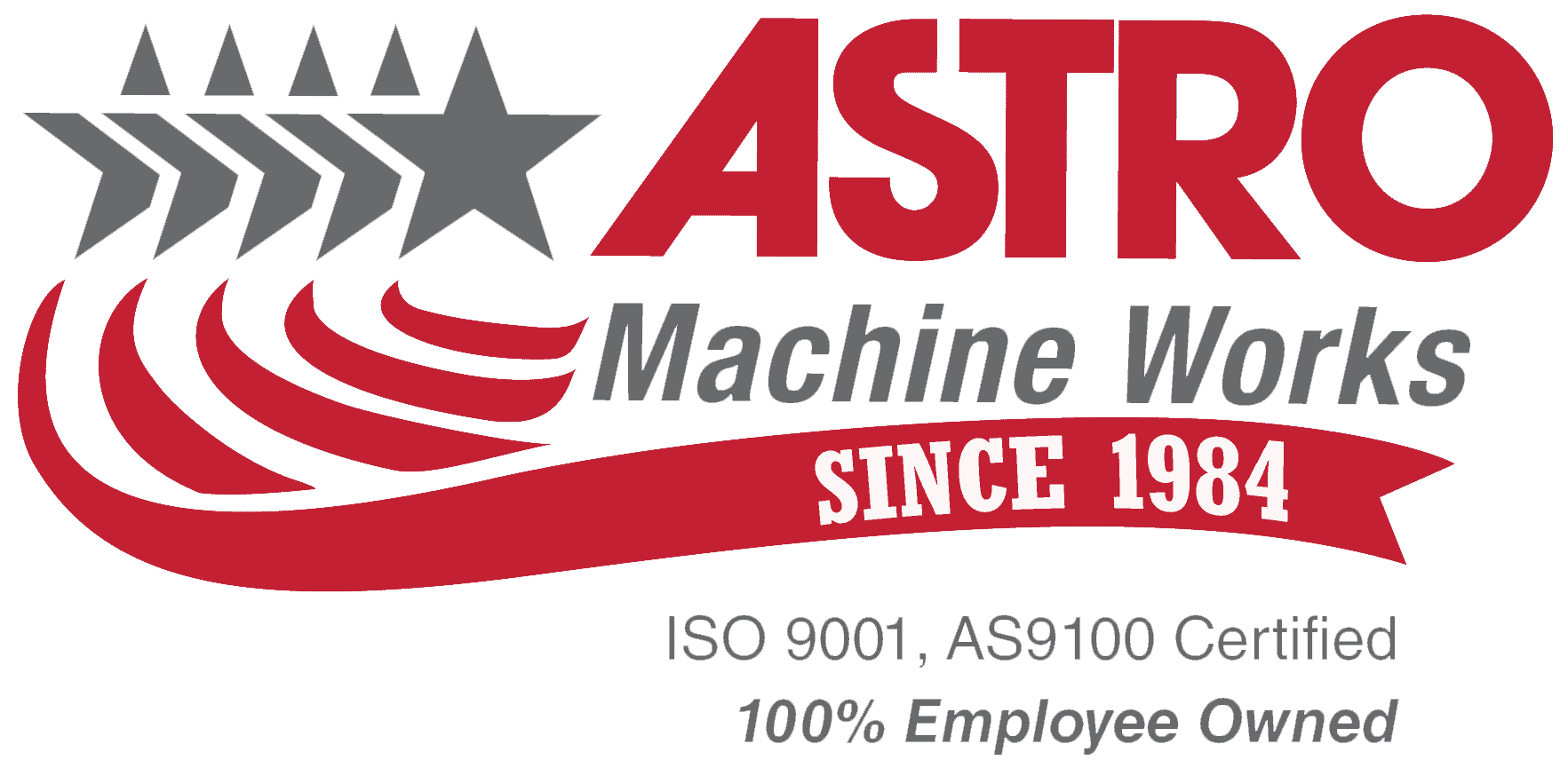Remember, not so long ago, when robots lived in the realm of science fiction, cartoons, and/or the very distant future? It seems the future is here, robots are decidedly real, and like it or not, their presence in manufacturing is ever-increasing.
In fact, the use of robotics is one of the biggest conversations in manufacturing these days. They’ve become smaller, more sophisticated, and less expensive, and many companies are investing in them in hopes of increasing productivity and efficiency. Articles, such as this one, speak to small and large manufacturers around the country who are “turning to new, low-cost and more versatile robots,” and are highlighting the specific robots that are making this all possible.
One of these robots is Baxter, a relatively low-cost, sophisticated machine made by Massachusetts-based Rethink Robotics. Baxter’s abilities lie in “his” scalable, upgradeable software that’s designed for both ease of use and accurate manufacturing. According to Rethink Robotics, Baxter “performs a variety of repetitive production tasks – all while safely and intelligently working next to people.” One of its greatest advantages, they point out, is that it “provides a compelling alternative to low-cost offshoring,” performing repetitive tasks that used to be done by cheap human workers overseas.
As with any emerging technology trend, there are people on both sides, praising and condemning it. While many believe robotics enhance productivity and efficiency, while giving American manufacturers the opportunity to keep work at home, others fear that robots could replace humans and keep jobs out of the hands of those who need them.
However, the compelling argument here is that they do not replace workers—they take over menial tasks while creating new jobs and opportunities. After all, robots need to be set up, maintained, and programmed. Additionally, many argue that the money they save through use of robotics means more money to hire more workers, those who can do the jobs robots just can’t.
Either way, it seems robotics is a technology that is only going to become more advanced, and is a trend that is very likely to continue and increase. It will be interesting to see where this leads and what it means for American manufacturing.

